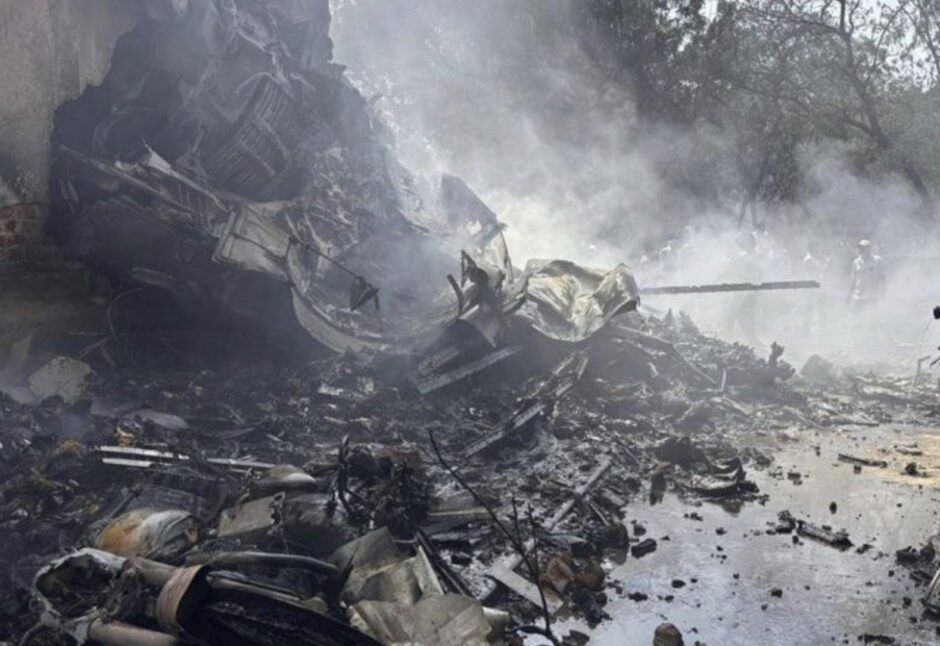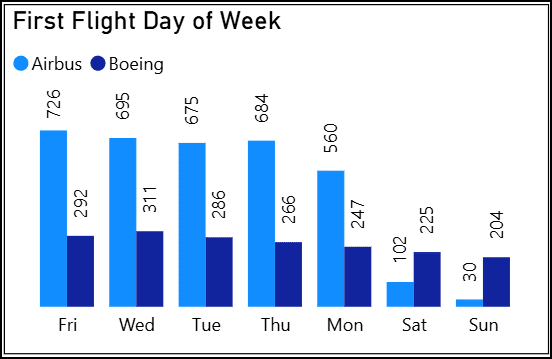
The tragic crash of Air India 171 earlier today will likely result in implications for the industry. The Boeing 787-8 that crashed earlier today after takeoff from Amahadabad en route to London is tragic. But it is premature to speculate as to what the cause might be, as we don’t yet know the factors that contributed to that crash and what their implications might be. Our hearts and prayers go out to the families and friends of the 241 passengers and crew lost in this tragedy, as we now understand that one survivor of the crash has been found.
What we know
We know from CCTV and cell phone video that Air India 171 took off from Amahadabad’s Sardar Vallabhbhai Patel international airport, and flew for 27 seconds before crashing. The aircraft reached an altitude of about 650 feet before crashing into the BJ Medical College hostel, causing multiple fatalities and injuries on the ground.
We also know from the video that the aircraft configuration appears unusual, with flaps and landing gear not in a typical climb configuration. We also know that the flight crew declared an emergency shortly after takeoff, but without further details as to why.
The airplane that crashed was a Boeing 787-8 Dreamliner. That airplane type first entered service in 2011, and is Boeing’s highest technology commercial aircraft. The Dreamliner is known for its carbon fiber fuselage, modern fuel efficient engines (this aircraft had Rolls Royce engines) and advanced flight control systems. The 787 did experience quality issues after introduction, including a grounding for fire-prone lithium-ion batteries, as well as issues related to improper gaps that shut down the production line in 2021. None of those issues, however, led to a crash or incident and have been successfully dealt with. The 787-8 had a strong safety record until today’s crash.
We know that a part of the tail section of the aircraft remained relatively impact on the roof of a building. As the flight data recorder and cockpit voice recorder are typically near that section of the aircraft, it is hoped that those recorders could be found intact. As a new technology aircraft, the 787-8 has a very advanced flight data recorder that is able to record 2,000 parameters for 50 hours, which could provide investigators a full dataset about what was happening with the aircraft. Recovery of the recorders is a key initial step in crash investigation.
The Indian authorities will take charge of the investigation into Air India 171, assisted by the United States National Transportation Safety Board because a Boeing was involved, and also by the British Aviation Accident Investigation Bureau since the aircraft had Rolls-Royce engines. This means that substantial expertise and resources will be available for the investigation team to call upon as it determines the root cause of the accident.
What we don’t know
We still don’t know the cause of the Air India 171, and more importantly, how to ensure that a similar accident never happens again. While many are speculating about potential causes, we will not join that chorus as it is simply too premature to reach any conclusions.
Until the investigators have completed their work and have determined a cause for the crash, we don’t know what the full implications of this accident will be. What we hope is that a cause will be discovered, and corrective action will take place to ensure that a similar crash never happens again.
There will likely be short-term reactions, which typically occur whenever a crash occurs. Some passengers may be fearful and book another carrier, some may try to book on a different type of aircraft, and the stock market may see negative financial impacts on stock prices. Those impacts are typically short-term and last for one to two months.
With a strong safety record, it is unlikely that the 787 will be grounded or impacted in the near term. We also do not believe that airlines will cancel any orders for the 787, which has had an excellent safety record with no hull-loss crashes prior to today.
Waiting is the hardest part
In our internet age, we expect instant answers. Investigations of air crashes often last from six to nine months or more, and can be particularly difficult to complete when aircraft components are damaged , which is likely given the fuel explosion and fire after the crash.
We have very professional and experienced accident investigators worldwide who can determine what went wrong. It is better to let them do their job rather than speculate about why this crash occurred and the implications that the cause will have for the aircraft and engine manufacturers, airlines, and passengers.
Views: 197





